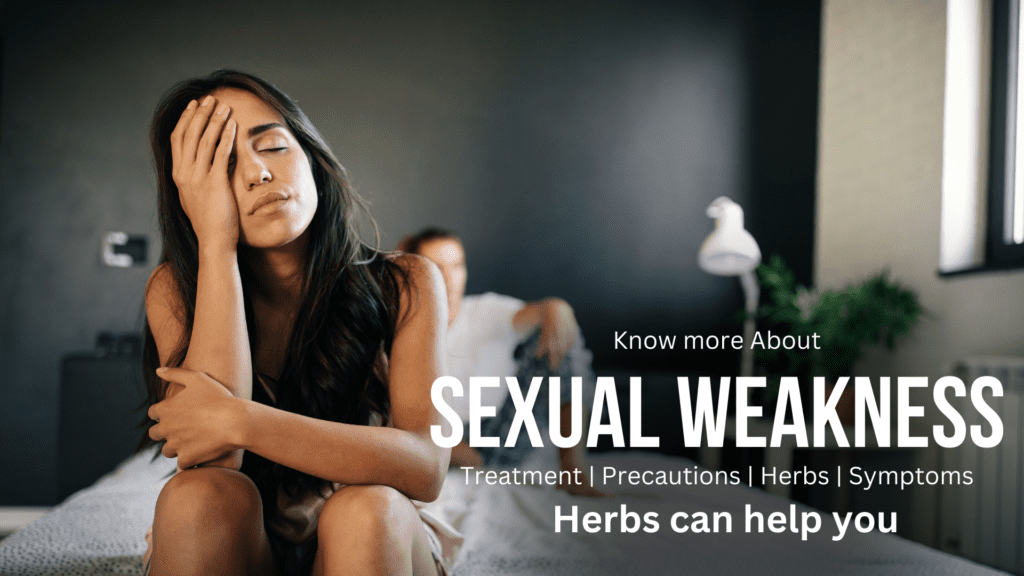About:
Knee osteoarthritis (OA), also known as degenerative joint disease, is a common type of arthritis that affects the knee joint. It occurs when the protective cartilage on the ends of the bones in the knee joint wears down over time, leading to pain, stiffness, and loss of mobility. Knee OA can be caused by a variety of factors, including:
Causes:
-
Age: Knee OA is more common in people over the age of 50.
-
Obesity: Excess weight puts extra pressure on the knee joints, leading to more wear and tear on the cartilage.
-
Genetics: Some people may be more predisposed to knee OA due to genetic factors.
-
Injuries: Past knee injuries, such as ligament tears or fractures, can increase the risk of knee OA.
-
Repetitive stress: Activities that involve repetitive stress on the knee joint, such as running or jumping, can increase the risk of knee OA.
Dosha:
According to Ayurveda, knee OA is primarily caused by an imbalance of the Vata dosha, which is associated with movement and mobility. This can lead to the degeneration of the joint tissues over time. Without treatment, knee OA can be quite debilitating, leading to chronic pain and difficulty with everyday activities such as walking, climbing stairs, and bending down.
Some common symptoms of knee OA include:
-
Pain and stiffness in the knee joint, especially after periods of inactivity or overuse.
-
Swelling or tenderness around the knee joint.
-
A crunching or popping sensation when moving the knee joint.
-
Limited range of motion in the knee joint.
-
Difficulty with everyday activities such as walking, climbing stairs, or bending down.
precautions:
-
Maintain a healthy weight to reduce pressure on the knee joints.
-
Stay active with low-impact exercises such as walking, swimming, or cycling.
-
Stretch regularly to improve flexibility and prevent stiffness.
-
Avoid high-impact activities such as running or jumping that can stress the knee joints.
-
Wear supportive shoes with good cushioning.
-
Use proper form when lifting or bending to avoid straining the knee joints.
-
Incorporate strength training exercises to build up the muscles around the knee joint for added support.
-
Use ice or heat therapy to relieve pain and inflammation.
-
Consider using assistive devices such as knee braces or walking aids to reduce stress on the knee joints.
-
Seek medical attention if you experience persistent knee pain or have difficulty with everyday activities.
Facts:
According to the World Health Organization (WHO), knee OA is a leading cause of disability and reduced quality of life, particularly in older adults. It is estimated that 9.6% of men and 18.0% of women over the age of 60 have symptomatic knee OA worldwide. Early diagnosis and appropriate management can help prevent or delay the progression of knee OA and improve quality of life.

